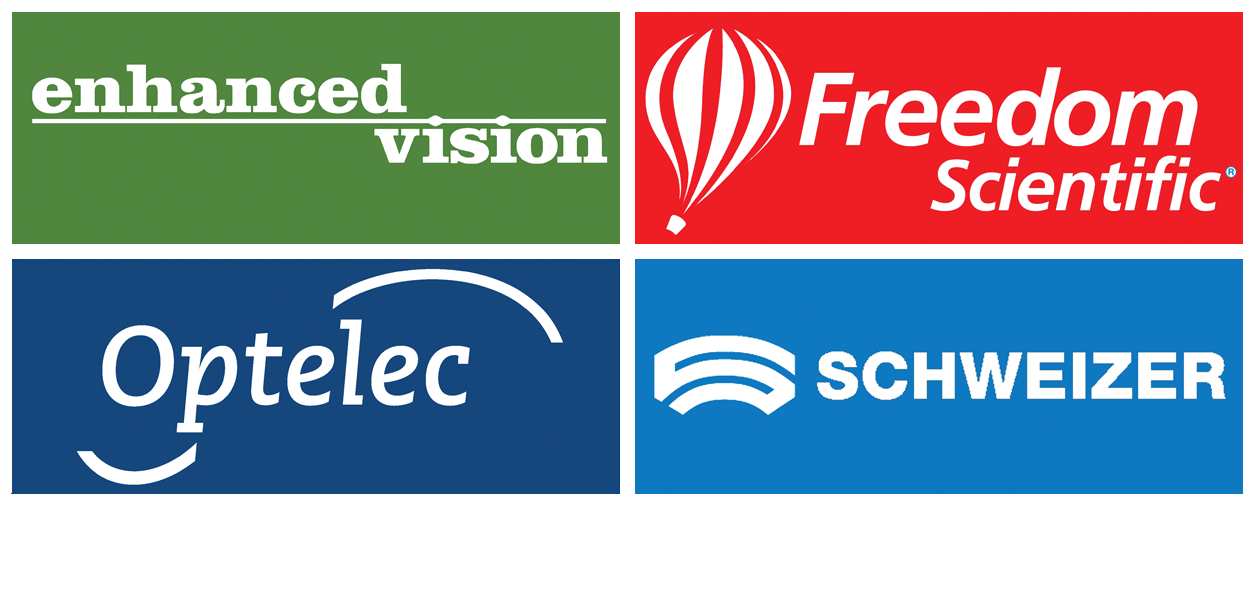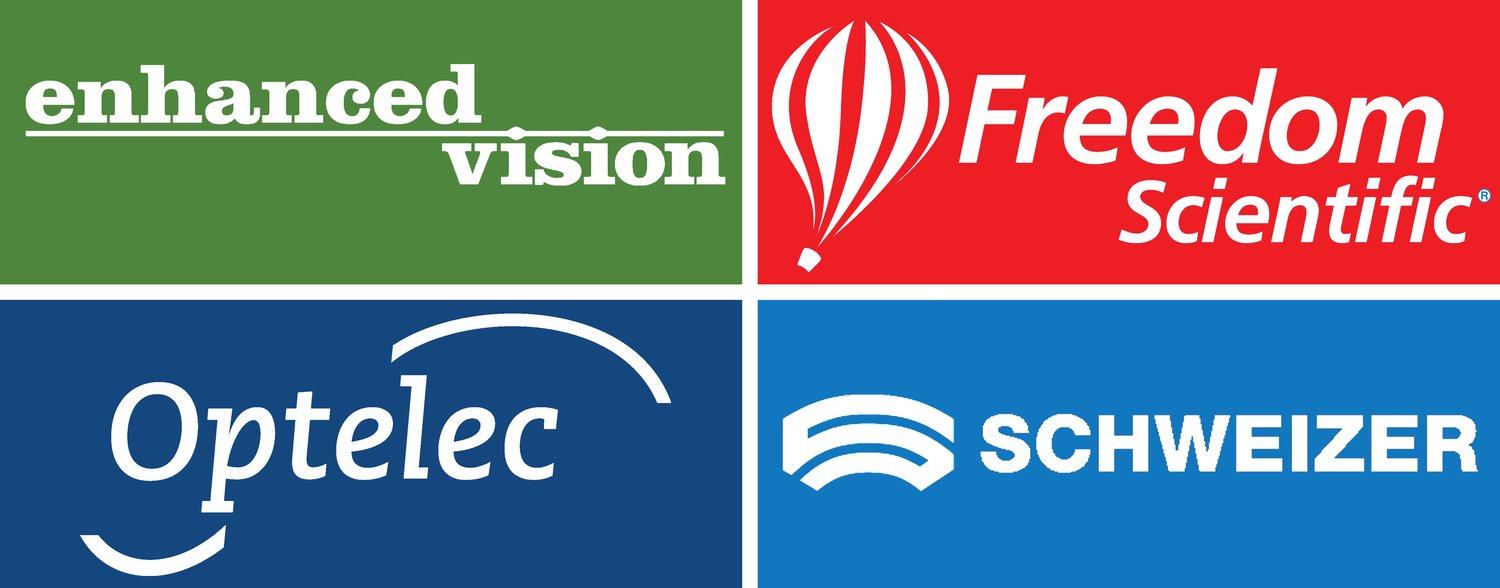
Nystagmus Treatment
Introduction
Navigating the world of low vision can be daunting, especially when faced with conditions like Nystagmus, where the eyes make repetitive, uncontrolled movements. These movements can be horizontal, vertical, or circular and can affect one or both eyes, leading to challenges in focusing and perceiving the world clearly. For those exploring medical equipment and aids for low vision, understanding Nystagmus and its treatment options is crucial. This article aims to demystify Nystagmus treatment, offering insight into how those affected can manage their symptoms and improve their quality of life. From conventional methods to cutting-edge research, we'll explore the landscape of Nystagmus treatment, providing a beacon of hope for those on this journey.
Understanding Nystagmus
Nystagmus is a condition characterised by involuntary, rapid eye movements that can make stable vision a challenge. These movements, often described as shaking or wobbling of the eyes, can be constant or appear only in certain positions or when looking in specific directions. There are two main types of Nystagmus:
Congenital Nystagmus: Present at birth, this type tends to be less severe and may improve with age.
Acquired Nystagmus: Develops later in life due to various causes, including injury or disease, and can have a more significant impact on vision.
The effect of Nystagmus on vision varies widely. Some individuals may experience only mild blurring, while others may have significant visual impairment, affecting daily activities like reading, driving, or recognising faces. Understanding the nature of Nystagmus is the first step toward finding effective treatments and strategies to enhance vision and life quality.
Causes and Symptoms of Nystagmus
Nystagmus can arise from a variety of causes, and its symptoms can significantly impact daily living. Here's a closer look at what triggers this condition and how it manifests:
Causes of Nystagmus:
Genetic Factors: Many cases, especially congenital Nystagmus, are linked to genetics.
Neurological Conditions: Issues with the brain or nerves that control eye movements can lead to Nystagmus.
Eye Disorders: Conditions that affect eye health, such as cataracts or strabismus, may cause Nystagmus.
Medications or Substances: Certain drugs and alcohol can induce Nystagmus temporarily.
Inner Ear Problems: The inner ear helps regulate balance and eye movements; issues here can trigger Nystagmus.
Symptoms of Nystagmus:
Involuntary Eye Movement: The most noticeable sign is the eyes moving uncontrollably, often in a horizontal or vertical motion.
Blurry Vision: Constant eye movement can blur vision, making it hard to focus.
Head Tilting: Some individuals tilt their heads to compensate for vision issues and find a position where eye movements are minimised.
Light Sensitivity: A common symptom where bright light is uncomfortable or exacerbates vision problems.
Difficulty with Depth Perception: Challenges in judging distances can arise, affecting tasks like driving or walking on uneven surfaces.
Recognising these symptoms early and understanding the underlying causes are crucial steps toward effective treatment and management of Nystagmus.
Navigating Treatment Options for Nystagmus
Treating Nystagmus involves a multifaceted approach aimed at improving visual function and quality of life. While there's no one-size-fits-all solution, several strategies can help manage the condition:
Conventional Treatments:
Corrective Lenses: Glasses or contact lenses can't stop the eye movements but may improve vision affected by refractive errors.
Prism Lenses: Prisms added to glasses can help with alignment and reduce double vision, making it easier for some individuals to focus.
Medication: Certain drugs, such as those affecting the nervous system, might reduce the severity of eye movements in some cases of acquired Nystagmus.
Surgery: Procedures to alter the position of the eye muscles can sometimes reduce Nystagmus and improve vision, especially if there's a specific head position that optimises sight.
Vision Aids and Technologies:
Magnifiers: Handheld or stand magnifiers can assist with reading and detailed tasks.
Screen Readers and Text-to-Speech: These technologies can aid in using computers and mobile devices.
Specialised Software: Software that adjusts text size and contrast can make screen reading easier.
Lifestyle and Adaptation Strategies:
Lighting Adjustments: Using adjustable lighting and minimising glare can help manage light sensitivity.
Visual Rehabilitation: Training with a low vision specialist can develop strategies to maximise remaining vision.
Each individual's experience with Nystagmus is unique, making it essential to work closely with eye care professionals to tailor treatment plans to specific needs and lifestyles.
Vision Therapy and Rehabilitation for Nystagmus
Vision therapy and rehabilitation play crucial roles in managing Nystagmus, offering techniques and strategies to improve visual function and independence. These personalised programs are designed to optimise the remaining vision and adapt to the unique challenges Nystagmus presents.
Vision Therapy:
Eye Tracking and Control Exercises: Tailored exercises can help some individuals gain better control over eye movements, enhancing stability and focus.
Visual Motor Integration Training: This therapy aims to improve the coordination between eyesight and motor skills, aiding in activities that require precise visual input.
Rehabilitation Services:
Low Vision Assessment: A thorough evaluation by a low vision specialist can identify the most effective aids and adaptations for each individual's needs.
Adaptive Equipment Training: Training on using low vision aids, from electronic magnifiers to advanced software, enables individuals to make the most of their vision in daily tasks.
Environmental Modification Advice: Specialists can recommend changes in home and work environments to reduce risks and enhance visual accessibility.
These therapies and services don't cure Nystagmus but can significantly improve how individuals with the condition navigate their world. Engaging in vision therapy and rehabilitation offers not just practical benefits but also a sense of empowerment and independence.
Latest Research and Future Directions in Nystagmus Treatment
The landscape of Nystagmus treatment is evolving, with ongoing research unveiling new insights and potential therapies. Here's a snapshot of the latest developments and what the future might hold for individuals with Nystagmus:
Gene Therapy and Genetic Research:
Understanding Genetic Causes: Advances in genetic sequencing are providing clearer insights into the genetic mutations responsible for congenital Nystagmus, paving the way for targeted treatments.
Gene Therapy Trials: Experimental therapies aimed at correcting or compensating for genetic anomalies are in early stages, offering hope for addressing the root causes of Nystagmus.
Neurological and Pharmacological Approaches:
Neurological Studies: Research into the brain's role in eye movement control is leading to a better understanding of Nystagmus and potential neurological interventions.
New Medications: Clinical trials are exploring drugs that could stabilise eye movements or improve visual function in individuals with Nystagmus.
Technological Innovations:
Wearable Devices: Emerging technologies, including glasses equipped with digital displays or stabilising features, aim to counteract involuntary eye movements and improve vision.
Virtual Reality: VR technology is being tested for its potential in vision therapy, offering immersive environments for exercises and rehabilitation.
These promising areas of research highlight a dynamic field moving towards more effective treatments for Nystagmus. While many of these developments are still in the experimental phase, they represent significant steps forward in understanding and managing this complex condition.
Conclusion
Navigating the complexities of Nystagmus can be challenging, but understanding the condition, its symptoms, and the array of treatment options available can empower those affected to lead more manageable and fulfilling lives. From conventional treatments like corrective lenses and surgery to innovative approaches in vision therapy and rehabilitation, there are multiple avenues to explore for enhancing visual function and quality of life.
The landscape of Nystagmus treatment is ever-evolving, with ongoing research and technological advancements promising new possibilities for management and care. Staying informed about these developments and maintaining an open dialogue with eye care professionals are key to finding the most effective strategies tailored to individual needs.
While Nystagmus presents its unique set of challenges, the progress in treatment options and supportive technologies offers hope and practical solutions. By leveraging these resources and embracing a proactive approach to management, individuals with Nystagmus can navigate their condition with greater confidence and independence.

